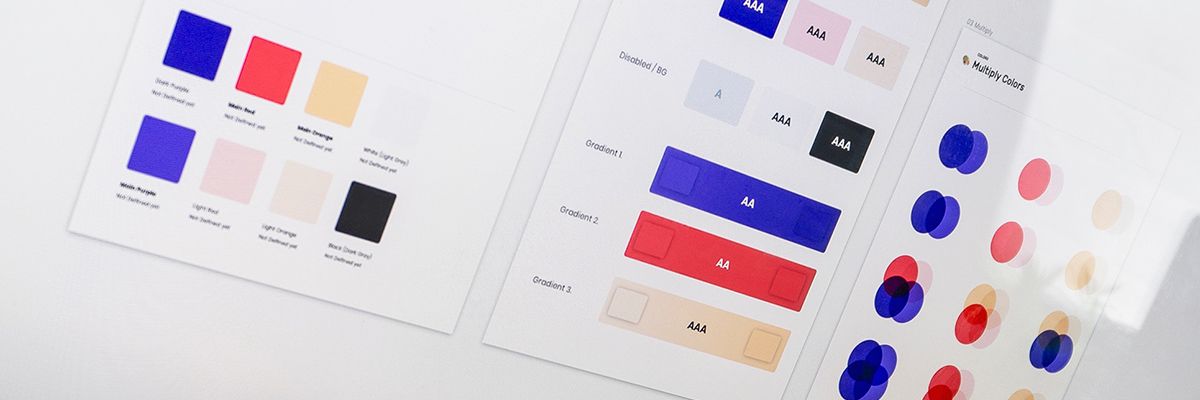When it comes to website design and digital marketing, consistency is key.
Regardless of whether your business is brand new or has been established for years, there’s almost nothing more important than staying consistent in your branding.
One of the main reasons why consistency is such an important piece of the marketing puzzle is that it helps to make your brand more familiar and recognizable to your audience.
Take Target as an example. You’d think that with such a simple, straightforward logo that isn’t exactly uncommon, Target would have a hard time differentiating themselves. But, most people can instantly recognize that they’re seeing a Target ad without ever actually seeing the name. And, it’s all because of the familiarity they’ve built with their consistent branding efforts.
Another big reason to always be consistent with your marketing is that it builds trust in your brand. The more people are exposed to a consistent brand, the more they’ll start to put their trust in it.
How do you ensure that your branding stays consistent while your building your website, as well as on your social media platforms, ads, and more? By establishing brand guidelines that you can reference!

